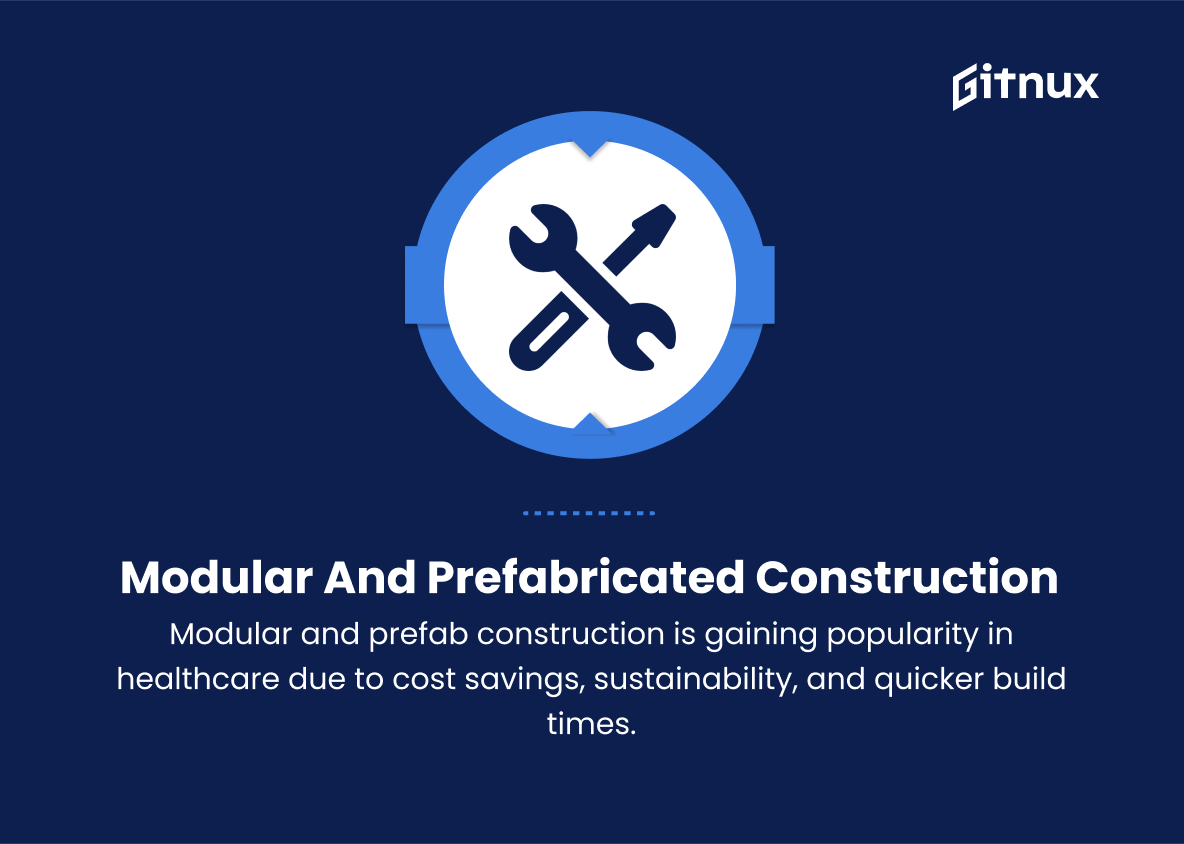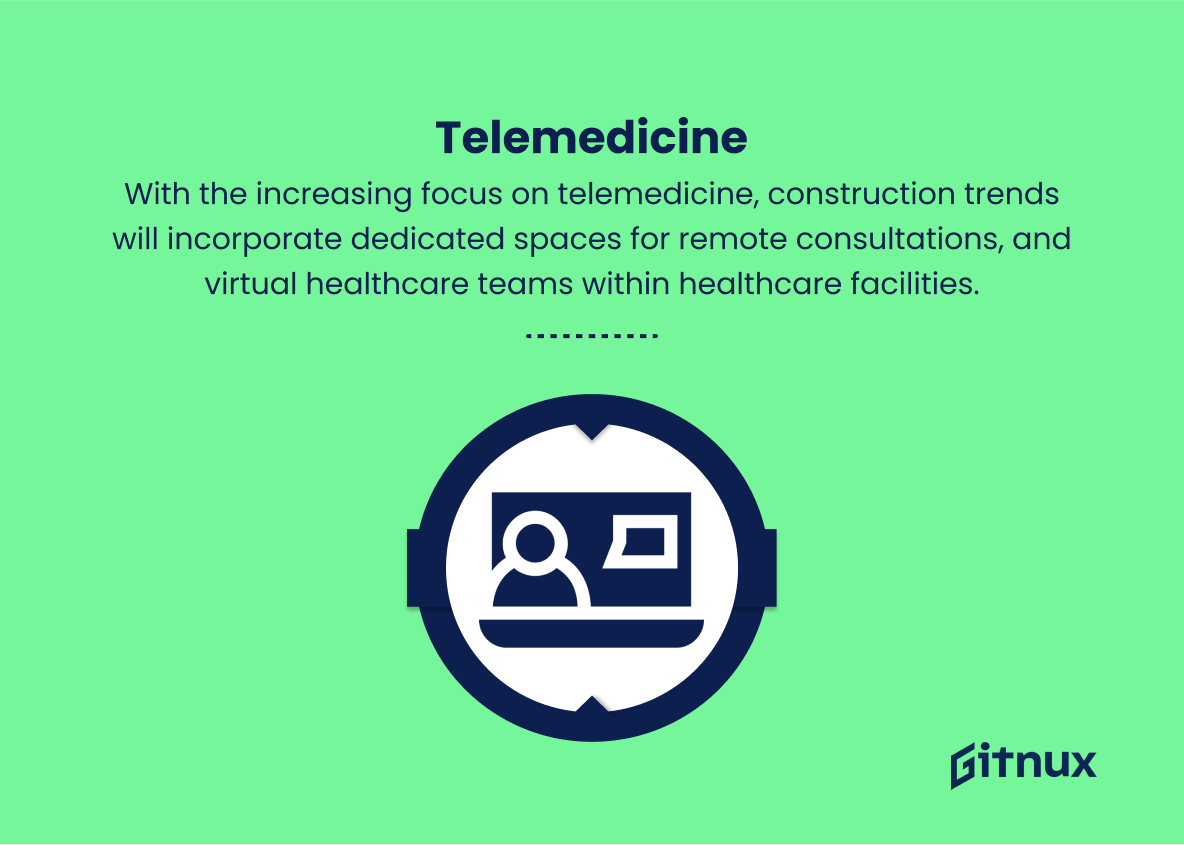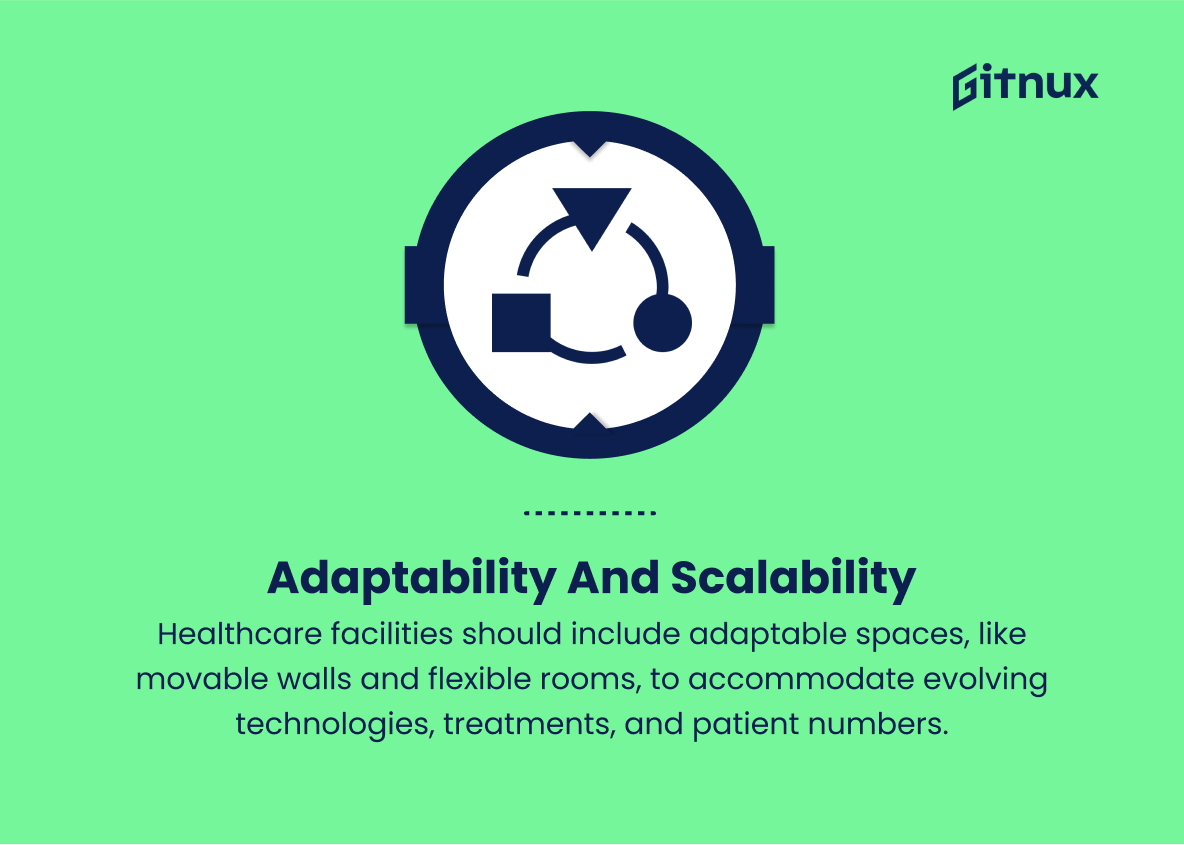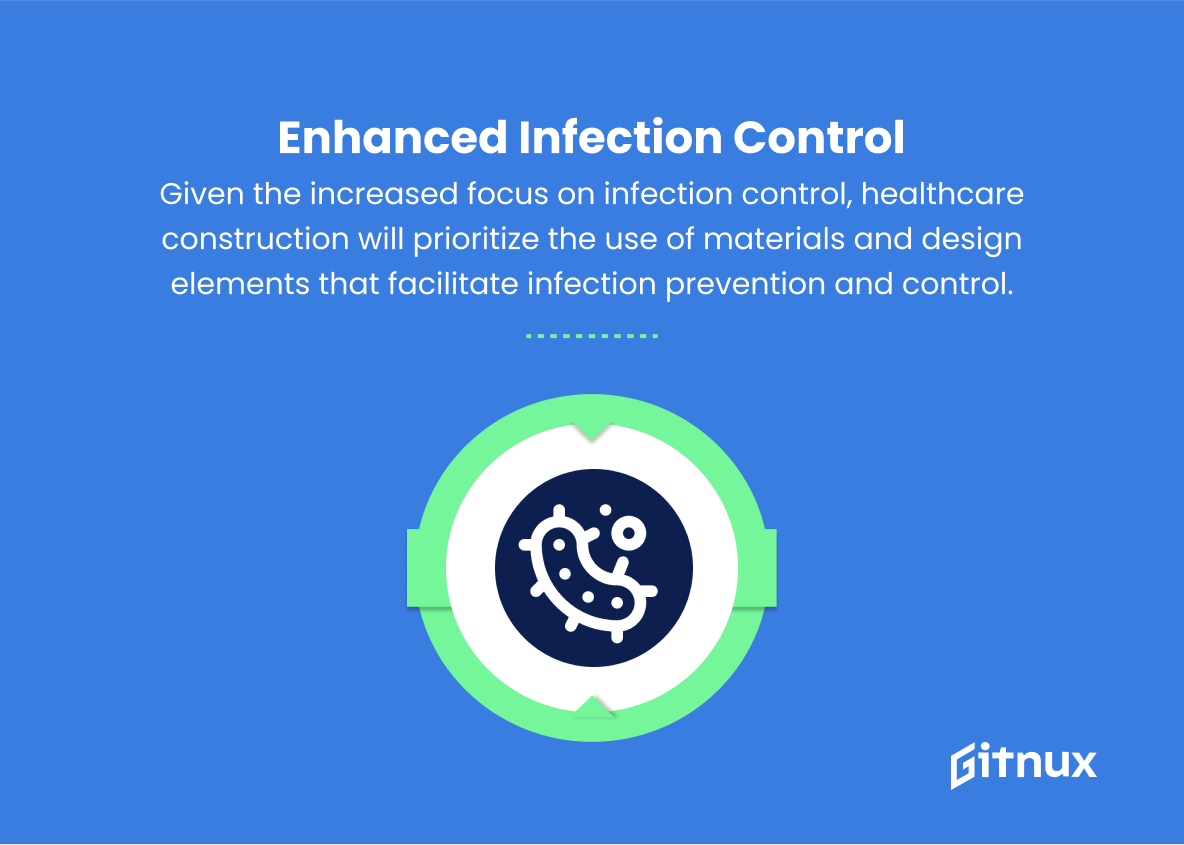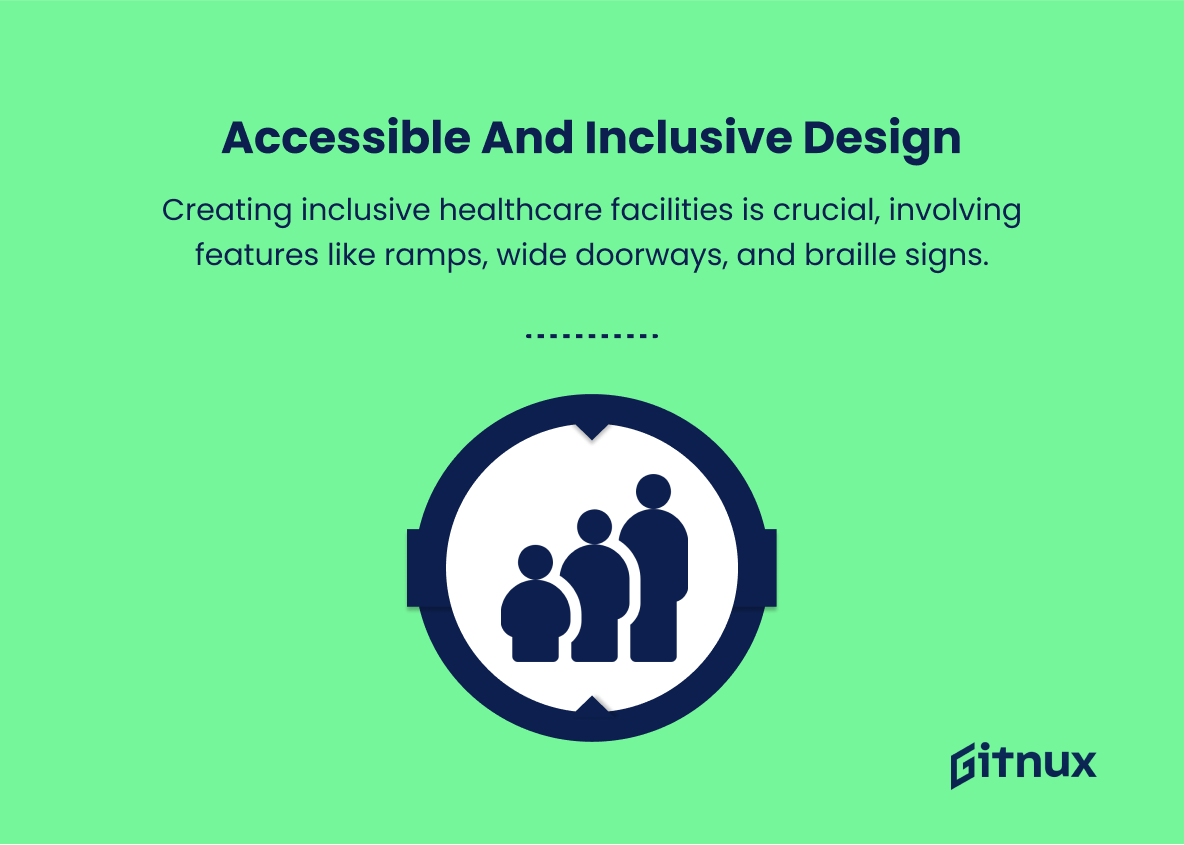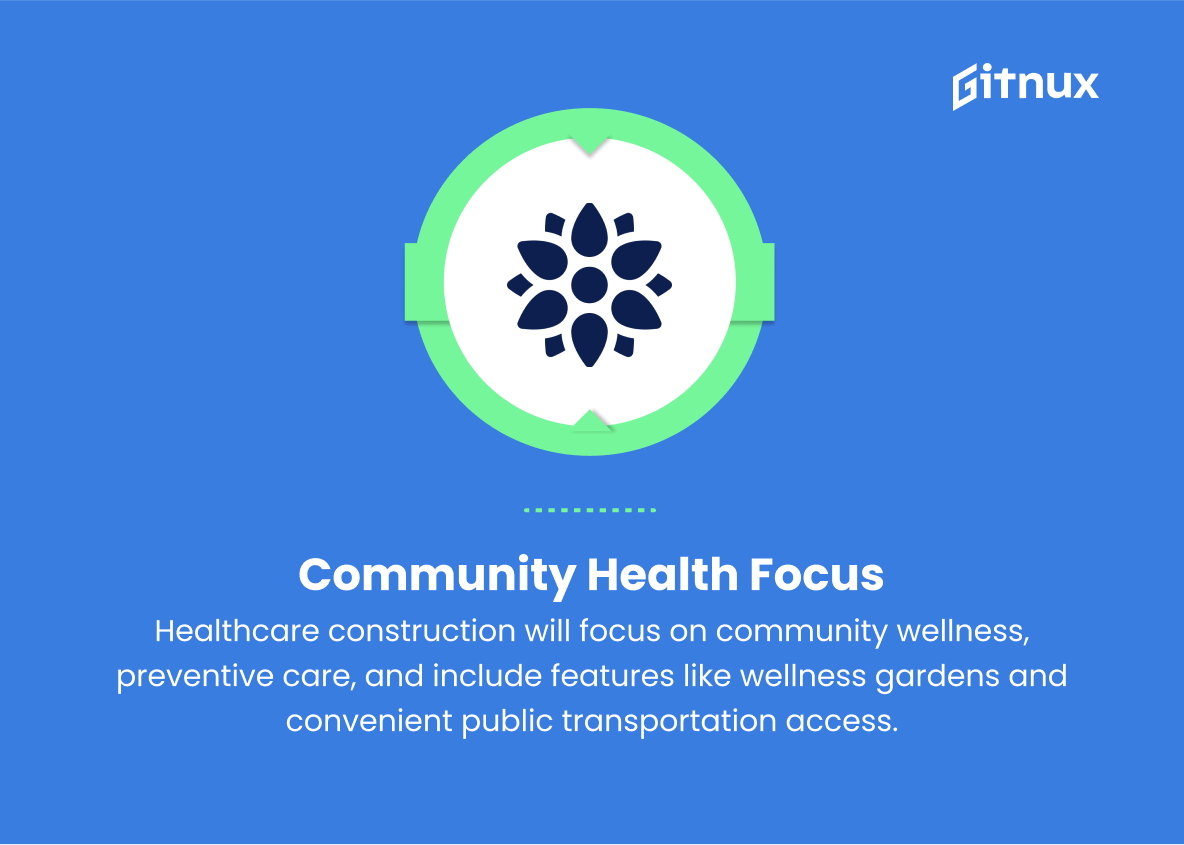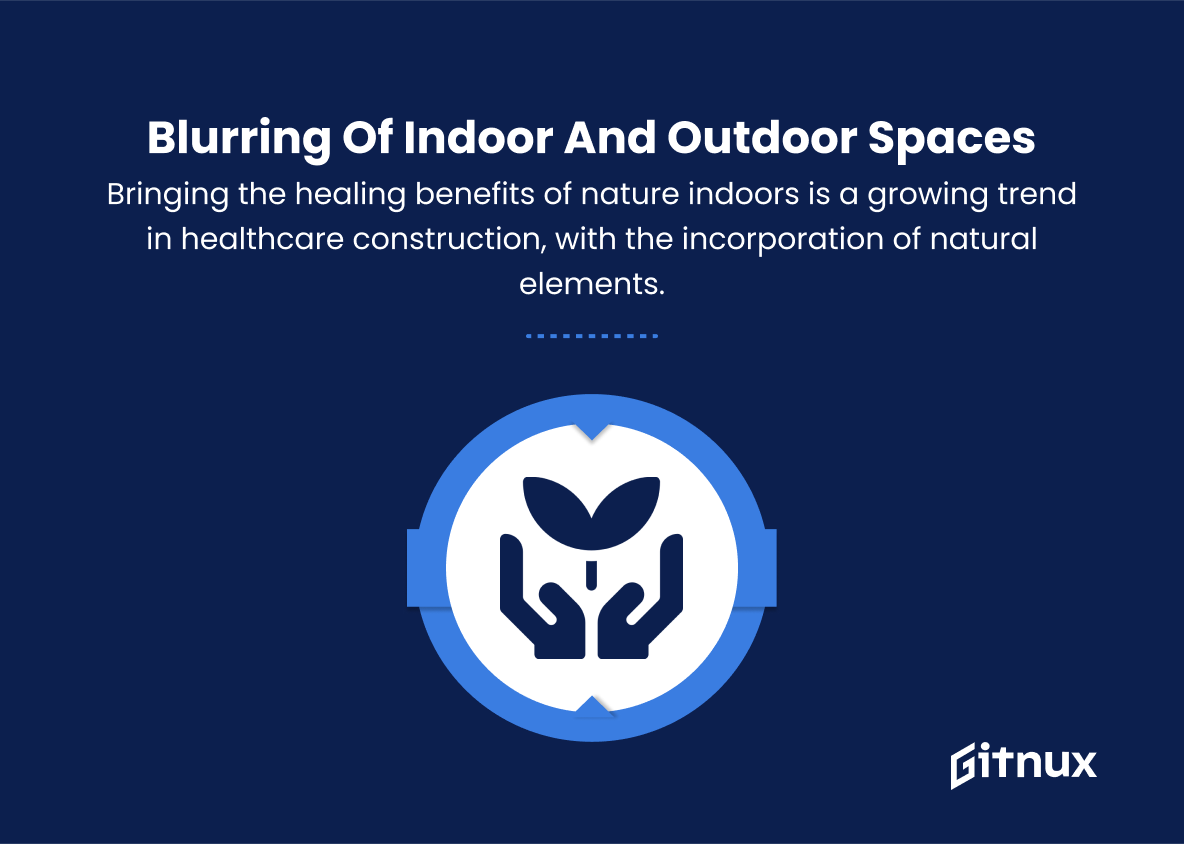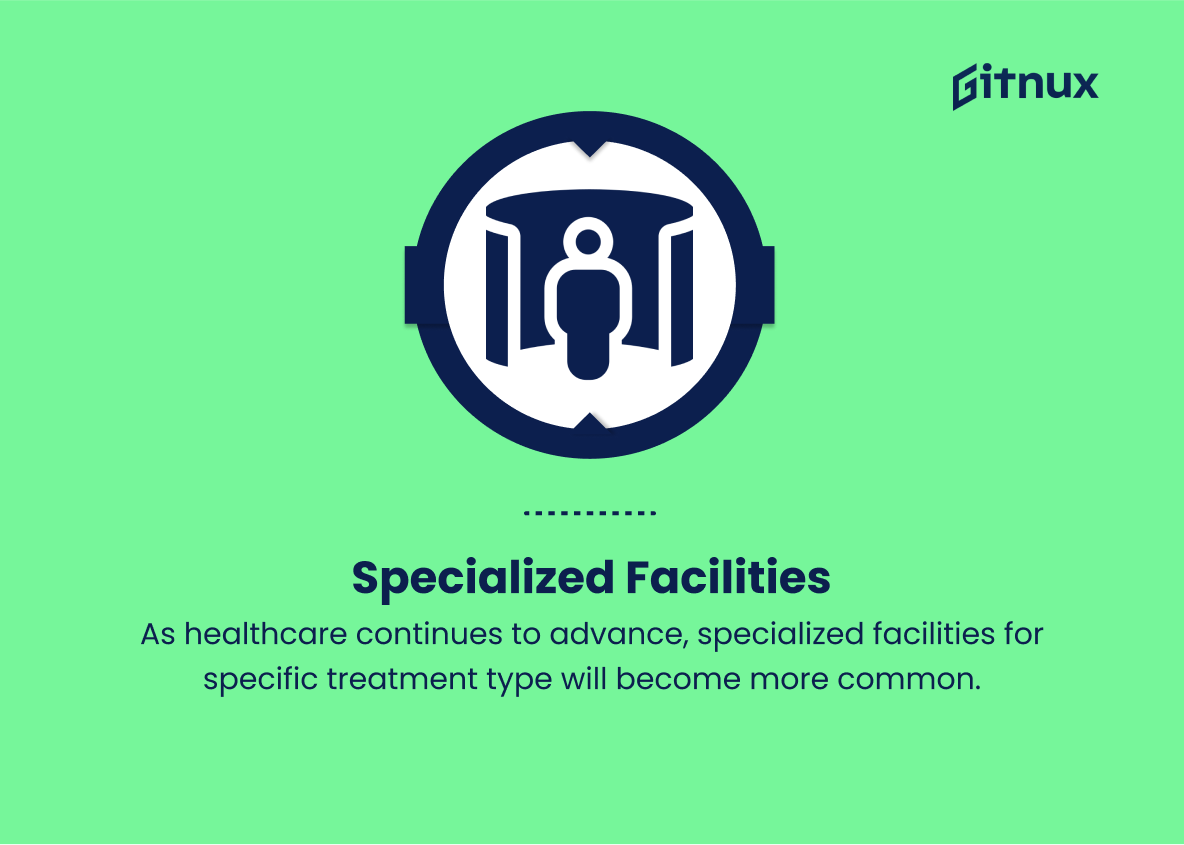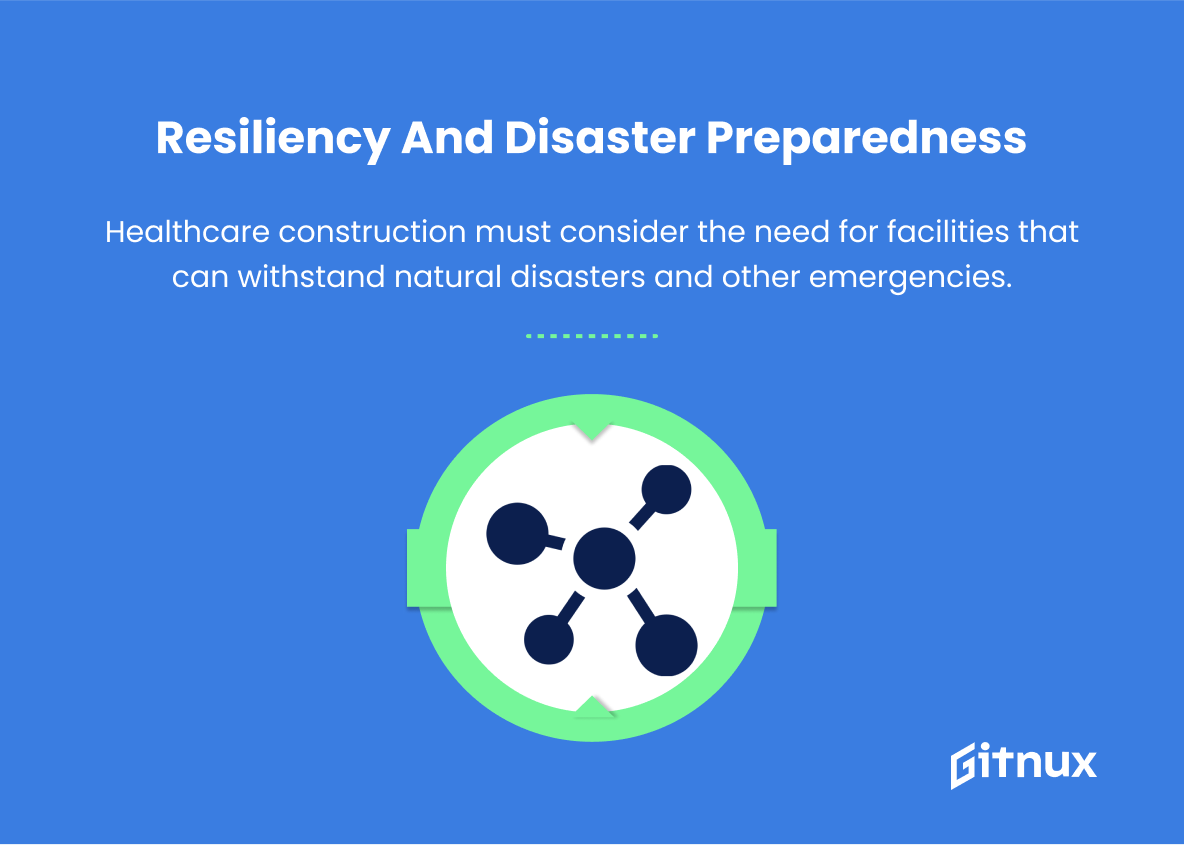In today’s rapidly evolving healthcare landscape, the need for efficient, patient-centered, and technologically advanced facilities has never been greater. As the population ages, and new medical discoveries continue to reshape treatment protocols, healthcare providers must adapt to a dynamic climate by creating and maintaining state-of-the-art facilities.
As such, healthcare construction trends are pivotally shaping the future of medical care by incorporating innovative design features, sustainable materials, and smart technology to create optimal environments for staff, patients, and their families. In this blog post, we will delve into the most prominent healthcare construction trends, shedding light on how they are revolutionizing the industry and transforming the patient experience from the ground up.
Top Healthcare Construction Trends
1. Modular and Prefabricated Construction
Modular and prefabricated construction techniques are becoming increasingly popular in healthcare construction due to their cost effectiveness, eco-friendliness, and potential for reduced construction time. These techniques can lead to more efficient and flexible healthcare facilities.
2. Telemedicine and Virtual Healthcare Spaces
With the increasing focus on telemedicine and virtual healthcare, construction trends will incorporate dedicated spaces for telemedicine services, remote consultations, and virtual healthcare teams within healthcare facilities.
3. Sustainability
The incorporation of sustainable design elements and building materials are essential in healthcare construction. Green roofs, energy-efficient building systems, and renewable energy sources contribute to reducing the environmental footprint of healthcare facilities.
4. Patient-Centered Design
A focus on patient experience and comfort has become increasingly important with private patient rooms, calming design elements, and natural lighting all becoming key trends in healthcare construction projects.
5. Adaptability and Scalability
Healthcare facilities must be designed with the flexibility to adapt and grow with changing technologies, treatments, and patient volumes. This means incorporating easily adaptable spaces, such as movable walls and reconfigurable rooms, into facility designs.
6. Enhanced Infection Control
Given the increased focus on infection control, healthcare construction will prioritize the use of materials and design elements that facilitate infection prevention and control, such as antimicrobial surfaces, air filtration systems, and easy-to-clean spaces.
7. Integrated Technology
The integration of advanced technology systems, such as electronic health records, automated patient tracking, and smart building systems, will continue to support healthcare construction projects.
8. Accessible and Inclusive Design
Ensuring healthcare facilities are accessible and inclusive for all, including those with disabilities or other health challenges, is essential. This includes designing spaces with attention to accessibility features, such as ramps, wide doorways, and braille signage.
9. Community Health Focus
Healthcare construction will shift towards creating spaces that foster community wellness and preventative care, with an emphasis on features such as wellness gardens, multi-purpose spaces, and easy access to public transportation.
10. Blurring of Indoor and Outdoor Spaces
Bringing the healing benefits of nature indoors is a growing trend in healthcare construction, with the incorporation of natural elements such as plants, natural lighting, water features, and rooftop gardens.
11. Specialized Facilities
As healthcare continues to advance, specialized facilities for specific treatment types, such as cancer centers, mental health facilities, and ambulatory surgery centers, will become more common.
12. Resiliency and Disaster Preparedness
Healthcare construction must consider the need for facilities that can withstand natural disasters and other emergencies. This means incorporating resilient design elements such as backup power systems, flood-resistant materials, and strategic facility planning to ensure continuity of care during emergencies.
Implications
As we progress into the future, healthcare construction trends are evolving to adapt to emerging technologies and the changing needs of patients and healthcare providers. Modular and prefabricated construction methods offer cost-effective, eco-friendly, and time-efficient solutions to build flexible healthcare facilities. These facilities will feature dedicated spaces for telemedicine services, remote consultations, and virtual healthcare teams alongside patient-centered design elements to improve patient experiences and comfort.
Sustainable design practices and materials will be crucial in minimizing healthcare facilities’ environmental impact while promoting adaptable and scalable spaces to accommodate innovations in treatments and fluctuating patient volumes. Enhanced infection control measures, including antimicrobial surfaces and advanced air filtration systems, will be integrated into the construction of healthcare facilities. Emphasis will also be placed on incorporating advanced technology within facilities for seamless electronic health record management, patient tracking, and smart building operations. Accessibility and inclusivity will be a primary focus, ensuring the design of spaces that cater to individuals with disabilities or health challenges.
The future of healthcare construction will aim to promote community health and preventative care through wellness gardens, multi-purpose spaces, and easy access to public transportation. This trend is further complemented by the integration of natural elements and blurring of indoor and outdoor spaces to enhance the healing environment. Specialized facilities will become commonplace to address the needs of specific treatment types, and resiliency measures will be incorporated to ensure healthcare facilities can withstand natural disasters and emergencies, ultimately providing a diverse and well-equipped environment for patients and healthcare professionals in the future.
Conclusion
In a rapidly evolving healthcare landscape, it’s imperative to stay informed about the latest construction trends shaping the industry. By considering the needs of both healthcare providers and patients, these trends demonstrate a convergence of advanced technology, sustainability, and patient-centered design. Keeping up-to-date with these developments will ensure that healthcare facilities offer optimal care without sacrificing efficiency or budget.
As we continue to progress into a new era of healthcare delivery, it is crucial for key decision-makers, healthcare professionals, architects, and constructors to collaborate and drive innovative healthcare construction design that ultimately enhances patient experience and promotes the healing environment.
